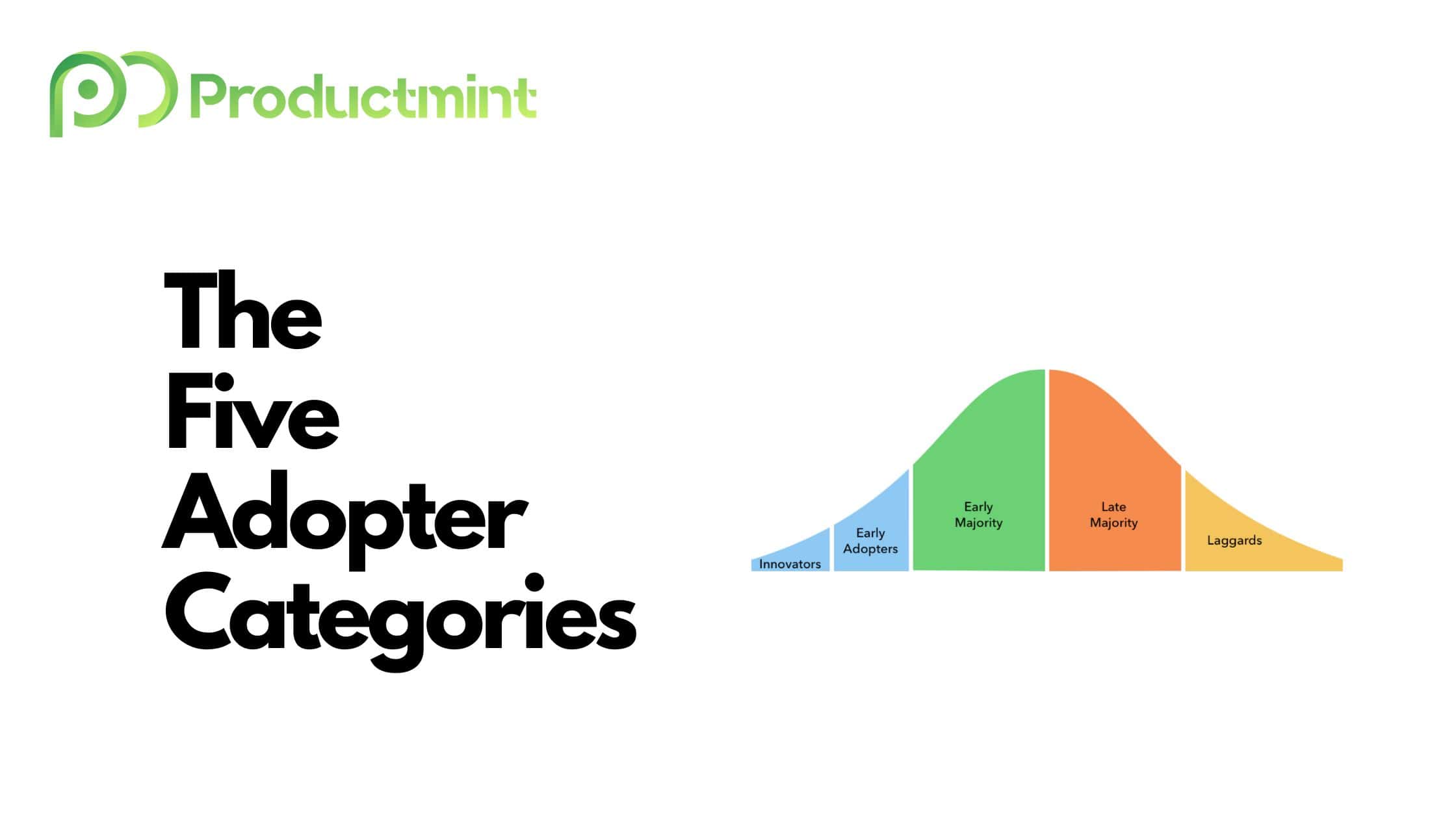Back in 2007, masses of people camped in front of the Apple Store to get their hands at what would become the first version of the iPhone. These people must absolutely have the latest peace of tech and would go the literal extra mile. They are the ones blogging about and reviewing your product, essentially acting as one of your most important marketing channels.
Interestingly enough, soon after its initial launch, Apple dropped the price from $599 to $399, leaving its early adopting customers in anger. The grumbling was vocal and went viral.
Apple reacted immediately and offered its initial customers a $100 rebate. As Steve Jobs said, Apple “needs to do a better job of taking care of our early iPhone customers as we aggressively go after new ones with a lower price. We want to do the right thing for our valued iPhone customers. We apologize for disappointing some of you, and we are doing our best to live up to your high expectations.”
What this little example shows is how different customer segments adapt new technology. The underlying theory behind this concept, called Diffusion of Innovation,helps to explain how, why, and at which rate new technology advances.
Diffusion of Innovation – A Quick Definition
Diffusions studies have their roots in rural studies conducted in Midwestern USA. As agricultural technology started to advance rapidly, researchers started to take an interest into how farmers were adopting new equipment and seeding technology.
Ever since, the concept has been applied to various other fields such as medical products, marketing, and organizational management. Examples within organizational management include how and which companies were the first to adopt new machinery or ethics concepts.
It was not until 1962, when a 31-year-old Ohio State University professor called Everett Rogers published a book called “Diffusion of Innovations”, when this concept took off. The theory he proposed states that four main elements determine how new ideas and products are spreading: the social systems, time, communication channels, and the innovative product itself.
As this process heavily relies on humans, it must be extensively adopted in order to preserve in the market. New technology therefore possesses a specific rate of adoption in which it, if executed correctly, eventually reaches a critical mass.
The Five Adopter Categories
According to Rogers, not everyone will immediately adopt disruptive products despite their clear benefits. He therefore identified five personality traits that allow us to understand how customers will welcome innovation.

Innovators (2.5%): Innovators are the first people to try a product. They love to take risks and welcome the opportunity towards new experiences and technologies. As such, innovators are aware that innovative products may not deliver what they promise and therefore remain niche.
Furthermore, innovators often possess a formal connection towards the discipline the product is situated in. They also tend to be wealthier, which allows them to take these risks. This is because innovative products, on average, are more expensive at their release than at later stages (due to increasing competition and price wars).
Early Adopters (13.5%): Following the innovators, early adopters are seen as visionaries and opinion leaders within their category. They possess a high level of social status and influence, which allows them to shape the way others view the product.
Next to their social status, early adopters tend to be young, financially stable, possess advanced education, and more socially forward than later stage adopters.
Due to their high social status, they tend to not take as many risks as innovators. They therefore invest more research into the product.
Early Majority (34%): As the product gains momentum, the next cohort of adopters is the early majority. Often times, the early majority adopts the product a lot later than their previous counterparts do.
Furthermore, they do tend to have lower social status (compared to early adopters) and seldom obtain positions of thought leadership.
Their decisions are normally based on utility and practical benefits and less about coolness and social status.
Late majority (34%): Late majority adopters normally try a product well after the average buyer. They possess a great amount of scepticism towards the innovation. This group is very risk-averse and rather buys proven commodities.
Furthermore, they tend to possess no thought leadership, lower income and thus social status. Hence, they will only consider the product after a significant price drop occurred.
Laggards (16%): This group is normally very content with what they have and would only add a product if they absolutely have to.
They tend to have great aversion towards technological advancements and are often advanced in age. Their social status is very low as they interact mostly with close relatives and friends.
Examples of the Five Adopter Categories
The importance of innovators is best exemplified by the rise of online review blogs as well as tech influencers. Blogs such as 9to5Mac as well as influencers like Marques Brownlee oftentimes test products prior to their launch.
Innovative companies therefore deliberately utilize these influencing forces, for instance by inviting them to the product launch or sending them the product for review. And although their audience is somewhat niche (tech in the above examples), it greatly benefits the company’s marketing efforts prior to launch.
One of the most prominent examples on the power of early adopters is Kylie Jenner’s famous tweet blasting Snapchat. Issuing her frustration led to a decrease in market cap of over $1.3 billion. Conversely, Jenner took a part in increasing the app’s reach through her social media presence.

Talking social media, don’t we all know a relative or friend who just did not feel joining this thing called Facebook? Well, that is exactly where the early and late majority as well as laggards find themselves. While your parents eventually joined when it wasn’t cool anymore, there is always this one guy in your circle resenting the idea of even registering.
Extending the Innovation Adoption Lifecycle – The Chasm
The chasm, originally termed by Geoffrey A. Moore in his book “Crossing The Chasm”, is the void between your visionary early adopters and the mainstream market.

Disruptive product categories, such as the smartphone, require not only risk taking, but furthermore a change in user behaviour. The majority wants to buy from established brands and companies to avoid a bad experience.
Unfortunately, unless the mainstream buys into your product, it never can become an established brand. This dilemma is what Moore calls “The Chasm”.
Crossing The Chasm
Now that we know what this unholy place is, how can overcome and cross it? Moore breaks this down into several steps.
Step 1: Picking A Beachead
Moore uses the analogy of storming the beaches on D-Day. Like the Allies, who focused their efforts first on the beaches of France before re-claiming Europe as a whole, your company must focus their efforts on a small and well-defined segment within the early market.
But how do you identify this very small and narrow beachhead? By finding customers and segments with the most pain!
Customers in the mainstream market often want to see functioning products supported by research, case studies, and alike. But a customer or segment in pain doesn’t care about the validation, they just want the pain to go away.
Moore provides a couple ideas of how you can narrow down your segment as much as possible:
Size: The market opportunity should be big enough for you to create a sustainable business, but not so huge that you have big corporations copying you instantly.
Budget: Chase customers who possess money to spare. If you would have to convince your customers to spend money in the first place, the pain is probably a) not big enough and/or b) your customers not attractive enough.
Alignment: Is all about finding the segment which best suits your strength and covers your weaknesses.
Step 2: Whole Product Thinking
When we think about the term product, most of us consider pieces of functionality bundled together in a piece of software or hardware. And that is the view Moore tries to challenge.
Once we successfully chose our beachhead, it is about establishing not only a peace of technology, but the whole experience and feel.
Think of Airbnb for example. They took what is essentially a lead gen for short-term rentals and transformed it into this whole different experience of meeting new people, getting to know ones culture, while experiencing different types of rentals.
Moore calls this process Whole Product Thinking. It’s about thinking what outcome your beachhead desires and then using your product to deliver on these needs.
Step 3: Clear Comparison
Lastly, it is important to make your offering comparable. This allows you to clearly express your product’s value and differentiate yourself from the competition.
Moore provides the reader with a tool to clearly express your message:
For ____
Who are dissatisfied with ____
Our product is a ____
That provides ____
Unlike ____
We can provide ____
Here is how Uber could have filled up this little peace when they were crossing the chasm from a limo service to becoming the Amazon of transportation:

Many upstarts have successfully utilized Mr. Moore’s concepts – Slack, which started out as a tool for developers and transformed into a company-wide chat application; Instagram went from a photo-editing app to a juggernaut social media platform with E-Commerce functionality; or Southeast Asia’s Grab, which went from ride-sharing application to becoming a so-called super app.
Quick Summary
Do you want to better understand how to place a product?
- Understand the different adopters of innovation
- If we want to break into the mainstream, we have to cross “The Chasm”
- What
separates our offering is a clear understanding of
- Our initial customer base (the beachhead)
- Our what we bring to the table apart from basic functionality (Whole Product Thinking)
- Our ability to clearly express the product’s distinctive advantages
